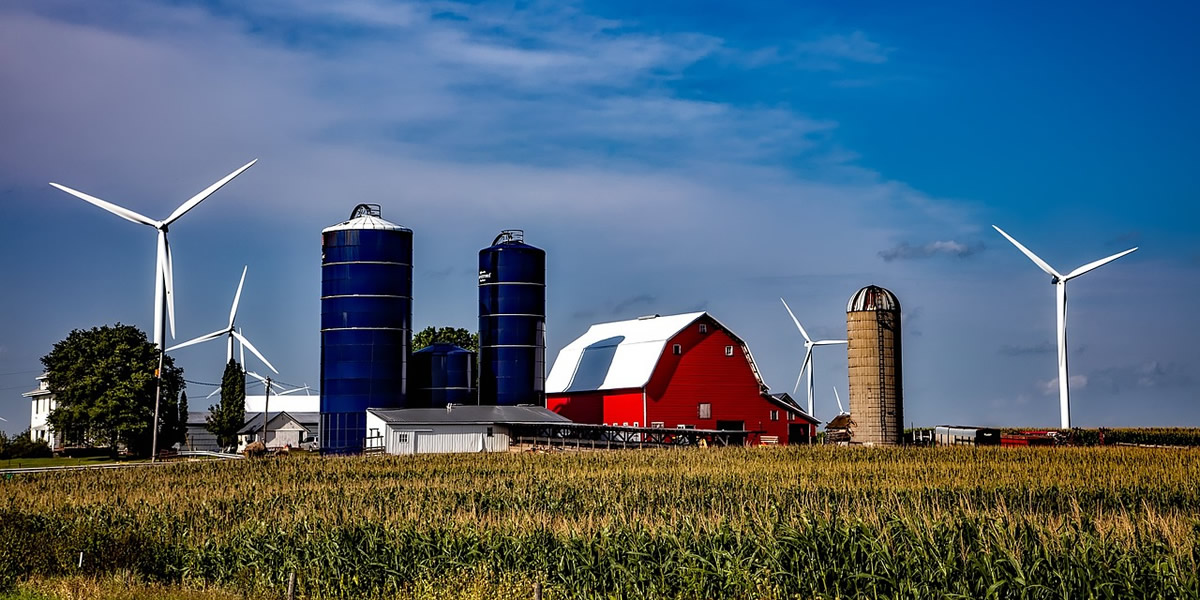Sustainable Agriculture
Az energiatermelés és az élelmiszer termelés egymással versenyez a termőföldért. Mivel az E5 és E10 üzemanyagok bekevert bioetanolt és biodízelt tartalmaznak az E(szám) százalékában, így a mobilitás üzemanyagai igénylik a biokomponenseket, amelyeket mezőgazdasági termelésben állítják elő a gyártók.
“The world’s population grows by about 80 million people annually, and with the globalizing societies and economies, consumption levels are also increasing sharply, significantly increasing the demand for arable land for food production.”
Of course, there are innovative closed cultivation cultures with artificial lighting and area optimization that mitigate land needs. However, their volume and the micronutrient and vitamin content of the produced food do not come close to the nutrient and mineral content of food grown traditionally in the soil. Therefore, it would be desirable in the long term to keep production in the soil and preferably return to organic production cultures. The production of biofuels should be discontinued for several reasons:
- Biocomponents take valuable arable land away from the world’s food supply.
- The original goal of biofuel blending was to reduce fossil component consumption. The reality is that older car engines on the roads are not prepared for such a significant change in fuel, resulting in previously 6 liters/100km consumption increasing by 1.5-2 liters. Thus, even with a 10% biocomponent reduction, fossil component consumption increases by 0.75-1.2 liters. The reason is the shift in engine operating points, meaning that despite good intentions, the result of traditional fuel blending with biocomponents is dismal. Pollutant emissions have increased by 12.5-20% instead of decreasing by 10%.

Despite these facts, policymakers are unlikely to abandon this “dead horse” and cling to this “brilliant” solution tooth and nail. The only viable option is phasing out fossil fuels and spreading synthetic, but zero-carbon, full-fledged energy carriers and fuels.
How RK-X Technology Can Help
RK-X technology can significantly accelerate the energy transition on a large scale:
- Reducing Carbon Intensity: It can drastically reduce the carbon intensity of the electricity system. If large-scale energy storage is resolved within a system powered solely by renewable energy, the overall carbon footprint can be minimized.
- Alternative Fuel Systems: It can facilitate the development of alternative fuel systems. Electric vehicles powered by energy extracted from formic acid using RK-X technology can replace traditional engines, thereby reducing the need for bio-component production.
Similar to local natural gas storage systems, formic acid can also be used for energy storage and local energy needs. RK-X technology can satisfy high energy density demands for local use. One kilogram of formic acid can store 33 kWh of energy, making it transportable via conventional tank transport and usable on-demand in locally installed storage.
Protecting Forests
Protecting forests is crucial. Currently, the amount of firewood used for heating equals the entire yield of forests, approximately 4.5 million cubic meters. The demand for firewood for biomass-fueled power plants and home heating can be eliminated by replacing it with renewable green energy, thus allowing forests to grow, with undeniable positive impacts. Waste wood, driftwood, agricultural chippings, and straw can still be sensibly used for biomass combustion with zero emissions.
Local energy storage solutions like the one described can support energy needs in agriculture, such as for greenhouse farming. The significant energy density and relative low cost of formic acid open up opportunities for local economies in the production of prime goods. Affordable energy broadens production possibilities, creating new avenues and opportunities for rural areas and remote villages.
Envisioning Future Agriculture
RK-X technology presents an opportunity for rural upliftment, which can be furthered by state subsidies or EU grants, promoting sustainable local community development and improving the standard of living in rural areas. The patent owner envisions revitalizing greenhouse farming for the production of high-nutrient foods and vegetables. Producers will be supported with decentralized energy storage systems and will only need to pay a symbolic amount for energy, in return for committing to long-term production of traditional Hungarian vegetables.
With formic acid as fuel for machinery, the patent owner can provide contracted partners with energy not only for heating but also for operating machinery, nearly free of charge. In exchange, partners are expected to maintain their production volume for 10-20 years, ensuring livelihood and competitive market presence due to significant cost advantages.







